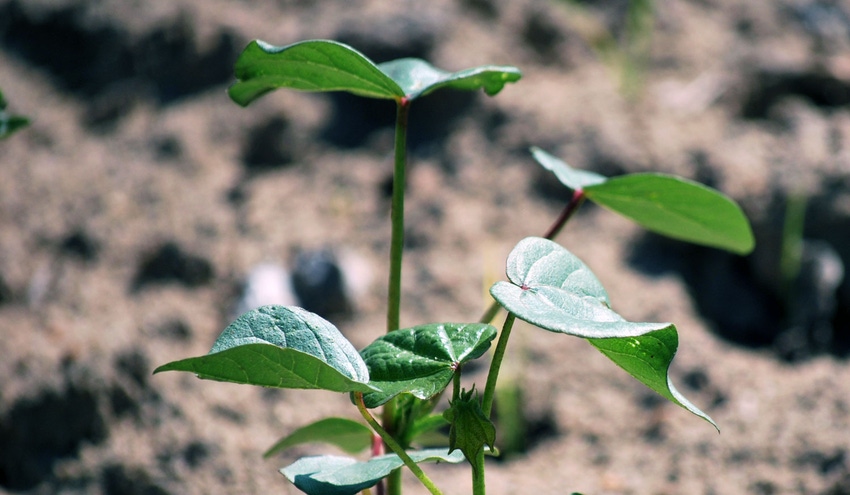
Weather across much of the lower Southeast has been wet this spring, putting field preparation and cotton planting behind in many locations. There are some things cotton growers held up by weather can manage to improve the profitability of cotton planted later in spring.
"There is no simple, sure-fire strategy that ensures a profitable crop for cotton established in the latter part of the planting window and later. In such situations, weather throughout the plant life cycle and especially into the fall determines so much, even more so than normal," says Steve Brown, Alabama Cooperative Extension cotton specialist, in the recent Alabama Cotton Shorts.
Brown provides some tips to help growers make the most with later cotton:
Be conservative with N. Consider reducing total N fertilization 20 to 25 percent from your standard rate. The goal is for the crop to both fruit quickly and mature and finish quickly. You do not want a green, aggressive canopy into late November.
Avoid excessive seeding rates. Thick stands tend to push fruit initiation to higher nodes and produce ranker, more aggressive plant canopies. Both bring greater challenges for crop management with PGRs.
If possible, eliminate water stress. Keep the crop well-watered to sustain steady growth, good fruit retention and boll fill as well as good overall plant health.
Be vigilant with insect management. Minimize fruit loss from early season pests as well as those that feed on squares, blooms and bolls, but don’t treat unnecessarily.
Be aggressive with PGRs. Limit the plant canopy. Encourage early fruit retention. Contain vegetative growth.
"Adjusting your production system to get a strong start and compress the season contributes to the possibilities of success and profit on a late planted crop. As little as four weeks of bloom can provide sufficient boll set for near-maximum yields. At year’s end, we’ll all know better what we could have, should have done to make the most cotton and the most profit," he says.
USDA National Agricultural Statistics says by May 9 the Alabama cotton crop was 27% planted. Last year by this time, roughtly 38% was planted. "We are behind, and now it’s about being ready and making the most of any open-weather opportunities," Brown says.
About the Author(s)
You May Also Like






